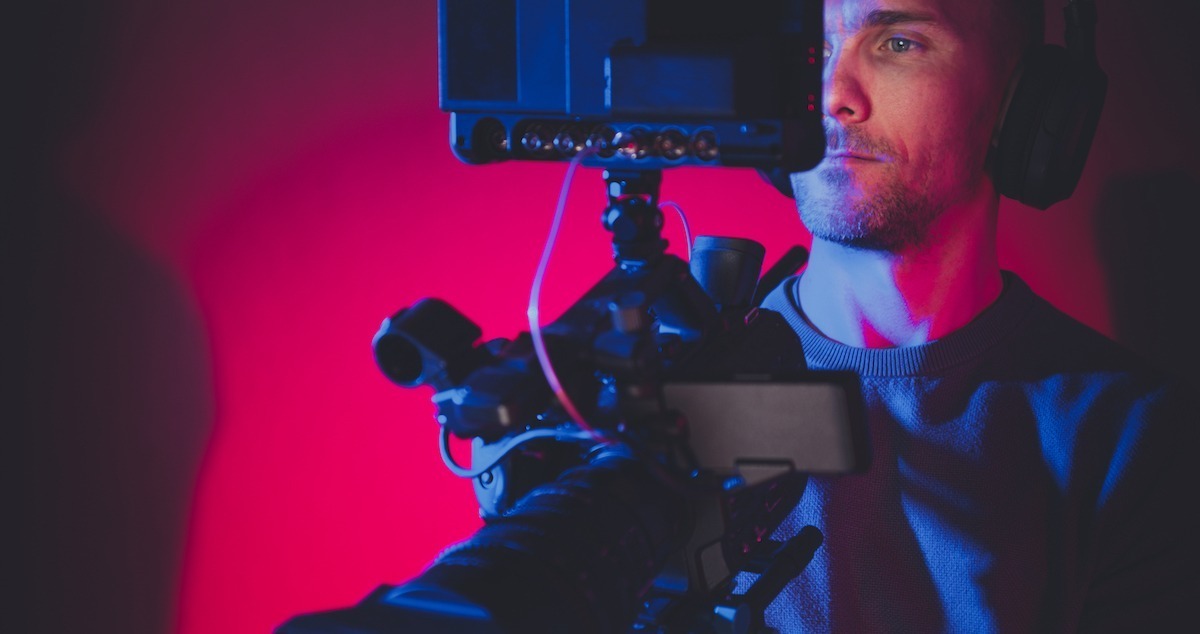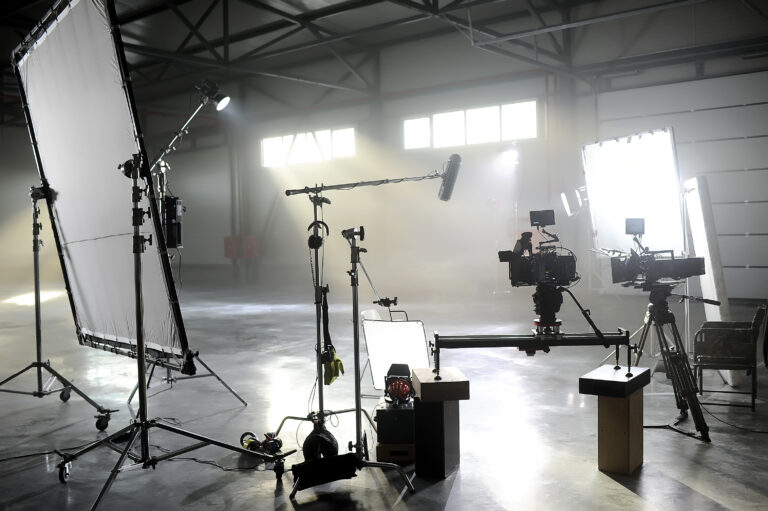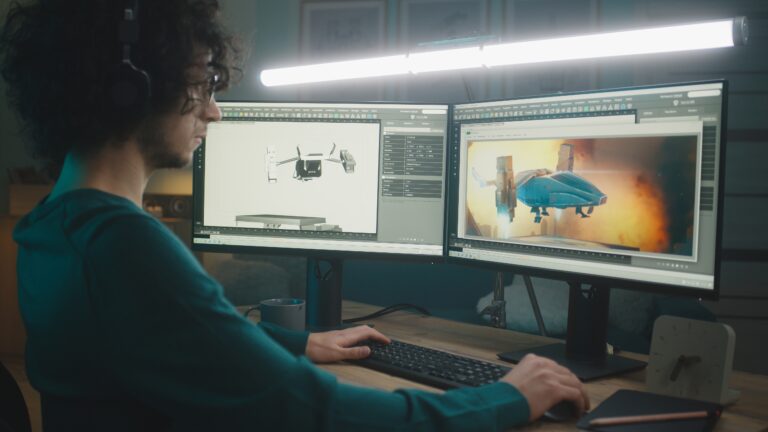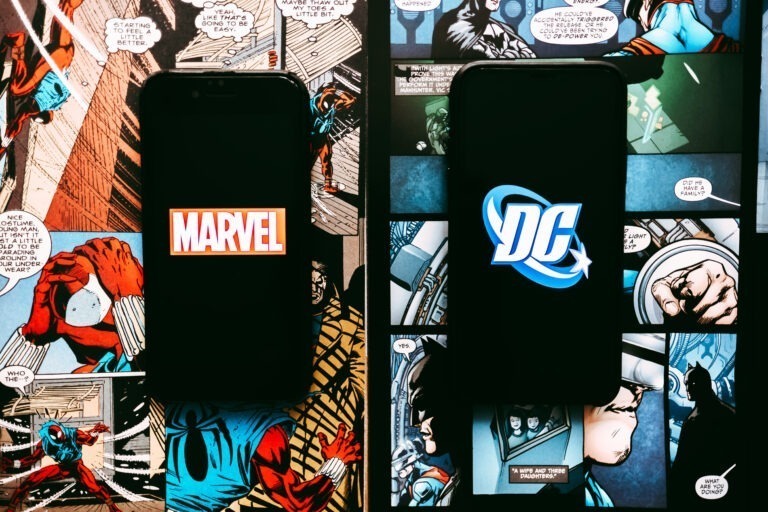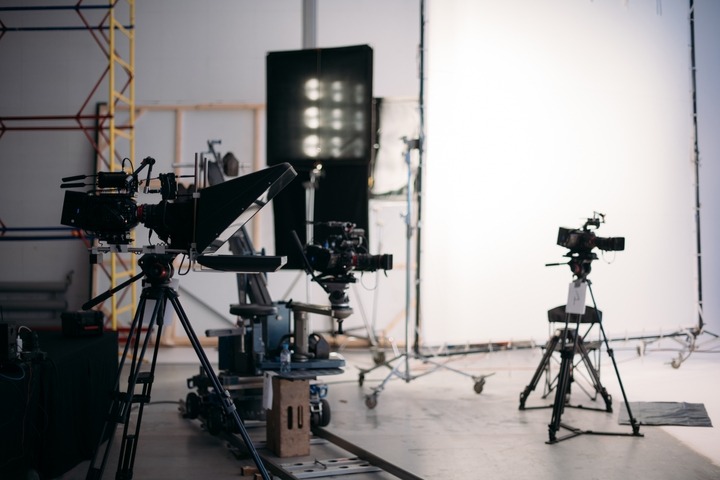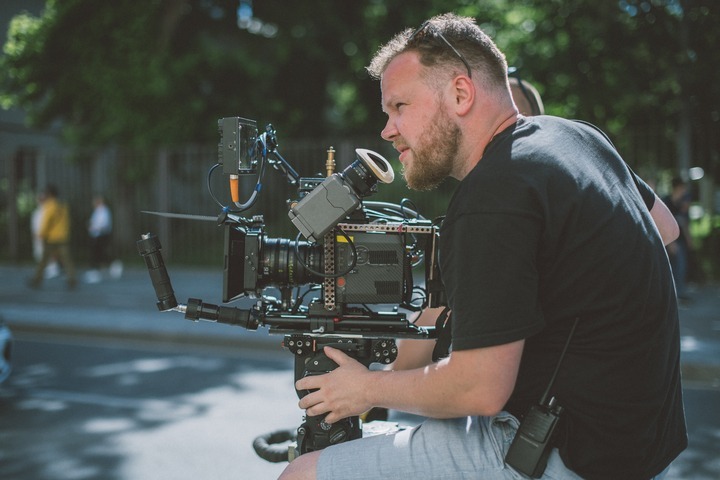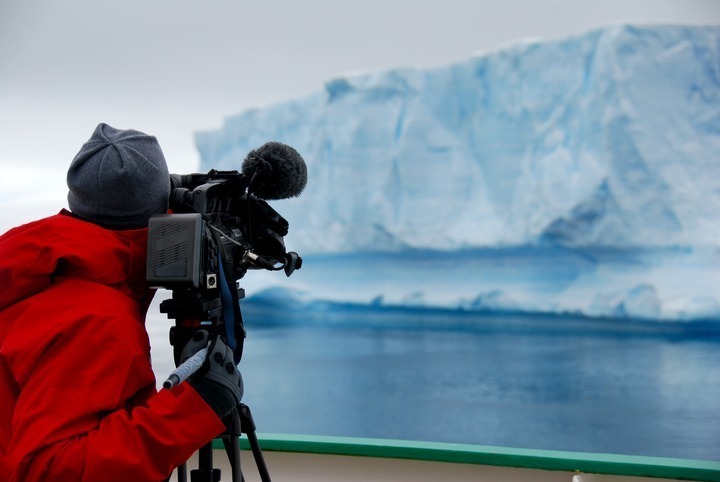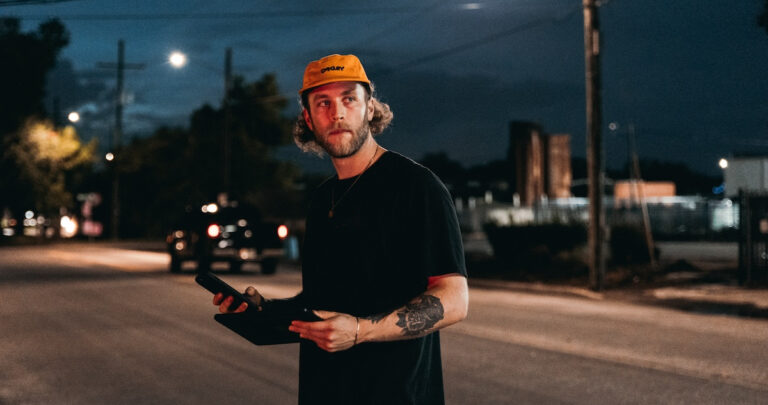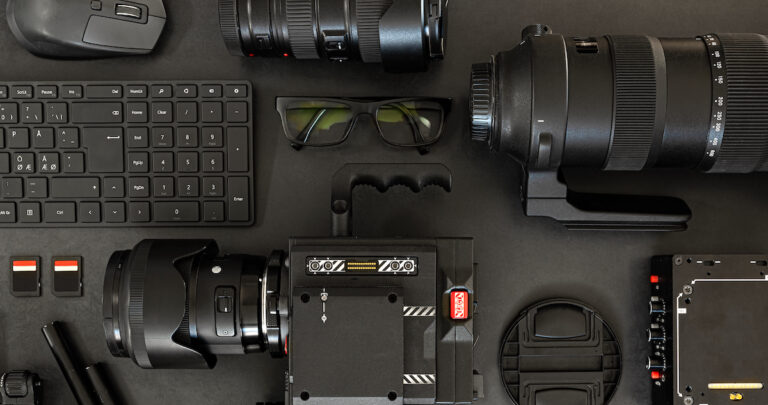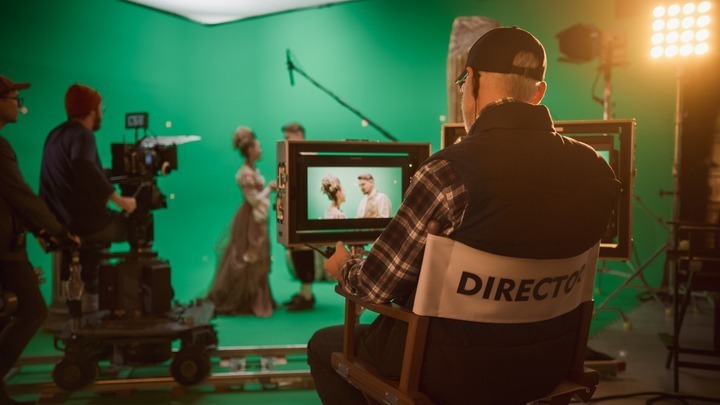Ah – filmmaking hacks! The ultimate secret weapon for filmmakers. In a competitive market of 134,700 filmmakers in the U.S., filmmaking hacks are the ingenious, unconventional techniques you need to achieve big dreams with limited resources. Ingenious hacks transform ordinary household items into props and harness the power of sunlight, saving you time and stretching your hard-earned cash to its fullest potential.
And if there’s one thing we know at Voice123, it’s how to redefine the unconventional – whether it’s video or audio. So in this post, we’ll discuss what are filmmaking hacks, 10 filmmaking hacks for 2023, and a few voice over filming hacks to help you with your next project. It’s time to grab your director’s chair and learn how to cut costs, not quality, in the world of filming hacks!
What are filmmaking hacks?
Filmmaking hacks are innovative techniques and strategies filmmakers use to overcome audiovisual production challenges like tight budgets, deadlines, and actor schedules. These tips and tricks help producers and film crews find alternative, cost-effective solutions to save time, streamline workflow, and achieve specific visual effects. However, these hacks are not to be confused with cutting corners; – more like time and budget savers.

Some examples of filming hacks are repurposing household items into camera stabilizers, keyboard shortcuts when editing or DIY solutions to produce lighting effects. The poor man’s process is a popular car cinematography hack; instead of shooting from a moving vehicle, crew members shake a stationary car while the actors are inside. Filmmakers can also save on props and expensive set pieces by reusing furniture on different sets and buying cheaper vintage clothing instead of brand-new items. Another hack is to use sunlight to manipulate shadows and create cinematic effects. In a nutshell, filming hacks boost efficiency and nurture creativity. So if you’re looking for inventive solutions to common filming challenges, here are 10 filmmaking hacks for 2023.
10 filmmaking hacks
1. Scouting locations virtually
Use a virtual reality headset with 360-degree cameras to recreate scouting locations, then take notes, screenshots, and videos of the environment. For example, a VR headset can help you shoot a commercial in a busy city by recreating a bustling metropolis. You can evaluate the architectural aesthetics, lighting conditions, and possible filming angles beforehand.
2. Smartphone cinematography
Smartphone cinematography involves recording high-quality footage with a professional-grade smartphone camera app, an attachable lens, a stabilizer, and an external microphone to shoot discreetly in complex situations. For example, you can film a wildlife documentary inconspicuously and record intimate moments without disturbing the animals with large, noisy equipment.
3. AI script analysis
You can analyze and improve your script with AI tools like ChatGPT, software that can help you redefine your storytelling and enhance dialogue and character depth. For example, when writing a dramatic feature with complex relationships and emotions, AI writing tools can help you refine your emotional arcs, creating a more engaging narrative. And once you fine-tune your script, you can have confidence that it’ll pass muster with your audience.
4. Storyboarding platforms
Storyboarding platforms enable multiple team members to collaborate on a project, minimizing version control issues and saving pre-production time. For example, when directing a large-scale action film with intricate fight sequences and special effects, the fight choreographer, cinematographer, and VFX artist can access the platform simultaneously to contribute ideas, make annotations, and update the storyboard in real time.
5. DIY lighting solutions
DIY lighting solutions are affordable and versatile, made with inexpensive materials like household lamps. For example, when shooting a scene set in a dimly lit bar, you can place LED lights behind the bar counter, use household lamps for accent lighting, and assemble DIY diffusion modifiers using shower curtains or parchment paper. This creates a moody ambiance using affordable alternatives to expensive lighting equipment.
6. Transcription and voice over services
AI transcription automatically converts spoken words to text, saving hours of tedious manual work. For example, AI transcription can speed up the subtitling process when conducting interviews for a medical commercial. And you can use voice over services from professionals, like the ones on Voice123, to bring your transcriptions to life and speak for your brand.
7. Element effects
Create effects like rainfall, fire, or even fog using everyday objects. Position a garden hose with small holes above your scene and adjust the water pressure to ‘make it rain.’ With dry ice, you can create a spooky and ethereal fog effect. Simply place the dry ice in a container with warm water to produce dense fog. Household fans can also generate wind or a slight romantic breeze. And for small-scale fire effects, use LED candles or small flickering lights to mimic flames.
8. AI color grading
AI color-grading tools can enhance the visual aesthetic of a project by analyzing footage and offering suggestions for color-grading adjustments, creating consistent and visually appealing color schemes. For example, when shooting a period drama, AI software can suggest adjustments to enhance the color palette and create the right atmosphere that positively influences the audience’s emotions.
9. Virtual post-production suites
Virtual post-production suites offer powerful tools like editing, VFX, and sound design, eliminating the need for costly hardware and software. For example, when working on a project with extensive post-production work, a virtual suite offers editing capabilities and an extensive library of sound effects, which can bring your creative vision to life without any significant financial burden.
10. Tracking shots
Tracking, or dolly shots, are camera movement techniques that follow an action as it happens. You can improvise dolly shots with a wheelchair, skateboard, or shopping cart instead of investing in dolly equipment. Attach your camera to a tripod or use a handheld stabilizer to pull the improvised dolly and achieve smooth movements. You can adjust the speed, add transitions, or stabilize the footage with video editing software.
Filmmaking hacks for voice overs
You can create professional voice overs without investing in costly equipment. Here are a few filming hacks to help you create professional voice overs.
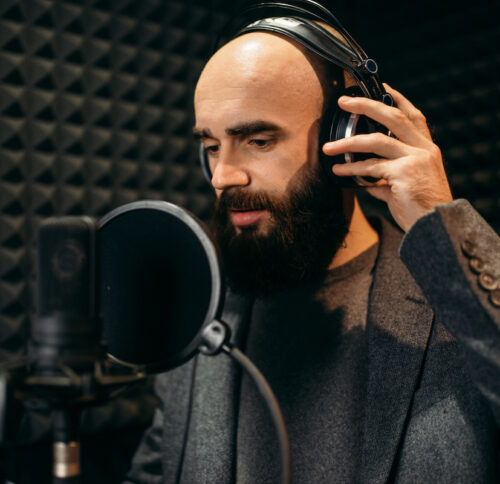
- Microphone placement: Position microphones at a 45-degree angle to minimize plosive sounds and sibilance.
- Sound booths: Transform walk-in closets into makeshift recording booths by covering the area with blankets, pillows, thick curtains, and mattresses to reduce echoes and external noise.
- Teleprompter: Use a teleprompter so actors can keep their eyes focused on the text while speaking directly into the microphone.
- Sound effects and music: Use royalty-free music to avoid copyright costs and create DIY sound effects like a squeaky door hinge for an eerie vibe or tap, scrape, and shake objects to create different sound textures.
- Hire a voice actor: Hire talented voice actors from Voice123 for professional, cost-effective voice overs, audio editing services, and more.
Final thoughts on filmmaking hacks
So, despite limited resources, you can embrace the power of filmmaking hacks as clever shortcuts that unlock endless creative possibilities. Take advantage of virtual location scouting, smartphone cinematography, AI script analysis, DIY lighting solutions, transcription and voice-over services, cloud-based collaboration, AI color grading, virtual post-production suites, and social media crowdfunding to revolutionize your filmmaking process.
And whether you’re a seasoned filmmaker or just starting out, the professional voice actors from Voice123 are another vital filming hack you can use to create awe-inspiring productions. So, are you ready to create your next film masterpiece?
FAQs
To get better at filmmaking, you can watch diverse films, study cinematography techniques, take courses, experiment with storytelling methods, and practice continuously to refine your abilities.
Beginners usually start by investing in basic camera setups, working on small-scale projects for experience, attending workshops, volunteering on film sets, and networking with other professionals.
Challenge yourself to create regular content and practice filmmaking by taking time every day to brainstorm ideas, storyboard, shoot, and edit.
Start by joining local film clubs, participating in community film festivals, and participating in filmmaking competitions. Focus on exploring your interests using your smartphone or other available devices.


